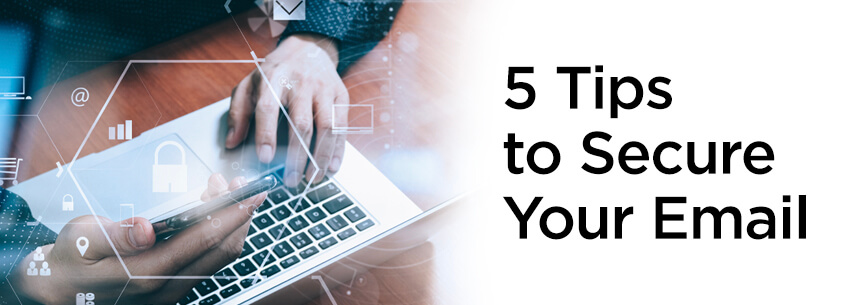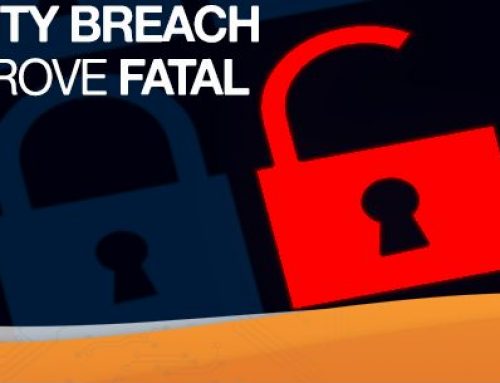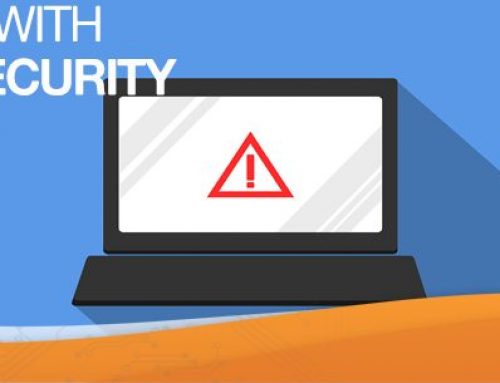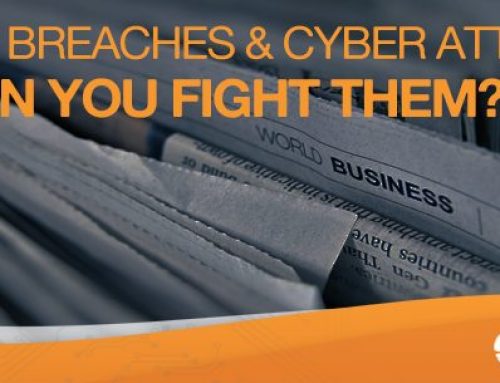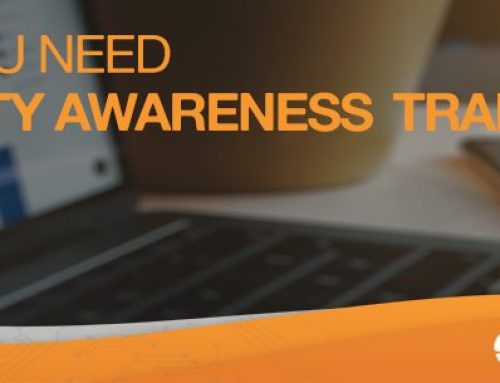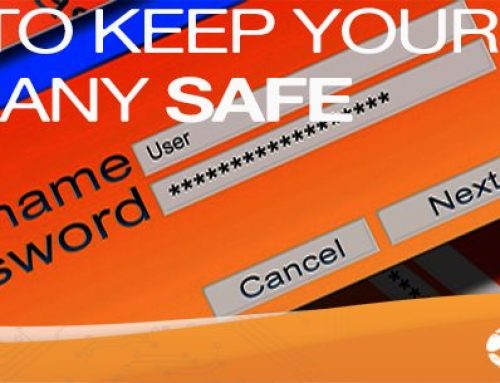Savvy hackers and cybercriminals are always looking for ways into your network. You might be afraid of their prowess for getting through the barriers you put in place, but the truth is that they mostly look for easy prey, which is to say inadequate protection.
One way many cybercriminals attempt to access not only your private information but also the knowledge of everyone you know is through your email. If you’re like most people, you’ve experienced this very scenario – you’ve probably received a suspicious email from trusted senders that turned out to be the result of your friends’ email accounts getting hacked.
You don’t want this to happen to you, nor do you want the potential fallout should it affect those on your contact list. So here are a few tips to help you protect your email privacy.
This is a must. Most email service providers won’t even let you create a weak password anymore. Many require a minimum of eight characters, and you must include letters (both capital and lower case), numbers, and symbols.
For your protection, make sure to choose passwords that don’t contain any personal information (i.e., the name of your dog or your birth date, just for example). You might also consider easy-to-recall acronyms, such as this one: “My dog’s name is Judy, and I got her June 5th, 2015” would result in the password “MdniJaIgh060515”. Easy to remember, hard to hack.
2. Authentication
Two-step authentication is becoming a much more popular means of keeping email accounts safe from hackers. Generally, you’ll download some kind of app that offers rotating passwords (i.e., they change every minute or so).
From there, you’ll have to enter your regular login information, and then check your smartphone app to get the current numeric code to finish the authentication process and access your account. Alternately, a unique, single-use password might be sent to your smartphone.
No matter what protections you have in place on your email account, they’ll do you little good if you persist in checking your mail via unsecured connections which include your home setup. In other words, try to use only WiFi networks that offer proper protection.
4. Email Encryption
If you’re sending sensitive information by email, the best way to ensure security should be to use encryption. There are services and programs available to help you. Recipients will just need a decryption key to access the emails you send.
5. Common Sense
The best way to protect your email and your devices from a data breach are to use common sense. Set your spam filters to stop emails from unknown senders. If you receive a suspicious email, even from someone you know, don’t open it, and don’t click any suspicious links.
In addition, try not to give your email address out any more than you have to. Spammers and crawlers are always looking for new addresses to target, so keep yours as private as possible if you don’t want to invite trouble.

